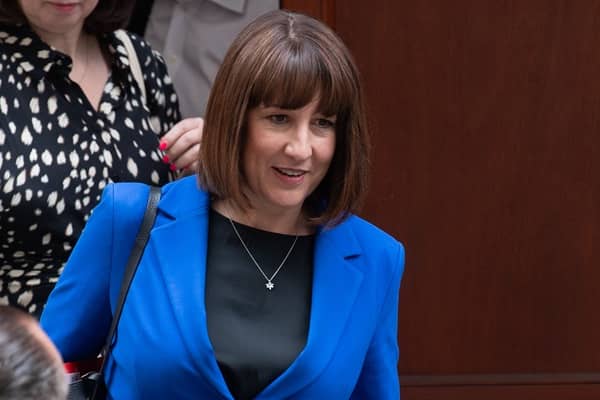Bussiness
Help for high streets to be paid for by hospitals, universities and even police stations – London Business News | Londonlovesbusiness.com

NHS Hospitals, universities, government ministries and even police stations will be forced to pay a new Government ‘levy’ under plans, dubbed “ill-thought-out”, drawn up to subsidise the tax bills of high street firms from 2026.
The Government announced, at last week’s Autumn Budget, to address the tax burden imbalance between online retailers and bricks and mortar high street firms, from 2026, that they intend to introduce permanently lower business rates multipliers for high street retail, hospitality and leisure business premises with a rateable value of less than £500,000.
Business rates bills are calculated by multiplying the property’s rateable value, an estimate of open market rent, by figures set by the Government each year. The multiplier figures depend on the value of the property with ratepayers paying the multiplier amount for every £1 of rateable value.
The Government said that to make this tax cut fiscally sustainable, and revenue neutral, it would be funded through a new higher multiplier for the most valuable properties, those with a rateable value of £500,000 or more, which they say captures the majority of large distribution warehouses including those used by the online giants such as Amazon.
However, analysis of official Government data by the commercial real estate intelligence firm Altus Group, shows that whilst the new high street ‘levy’ will apply to 1,589 large distribution warehouses, it will also lead to higher business rates bills for a further additional 15,278 non-domestic properties too.
Alex Probyn, President of Property Tax at Altus Group, said that the plan had been “ill-thought-out” saying “it is right for the Government to try and level the playing field but the consequences of this plan hasn’t been properly thought through with the vast majority of the revenue that will be raised not even coming from the online giants.”
The analysis from Altus Group shows that 297 NHS Hospitals will be subject to the new ‘levy’ including major hospitals such as the Royal London Hospital, Royal Deby Hospital, Bristol’s Southmead Hospital as well as smaller hospitals like Leigh Infirmary in Lancashire.
310 universities and 309 further education colleges will also face the ‘levy’ as well as 10 properties used by the Metropolitan Police Service including New Scotland Yard.
Government departments will also have to dig deep from their budgets. Over 200 properties from military barracks to Court buildings to prisons will also face the new ‘levy’ including His Majesty’s Treasury building on Horse Guards Road.
295 private schools will not only see their 80% charitable relief removed from April next year but, in 2026, will also be subject to the new ‘levy’.
Large manufacturing sites, especially automotive manufacturers, who have long complained that business rates at their current levels hinder international competitiveness will also be hit by the new ‘levy’. Probyn added the plan “just does not support long-term capital investment and productivity. England will be a less attractive and competitive location for manufacturing”.
According to Altus Group there are a total of 16,867 non-domestic properties in England with a rateable value of £500,000 or more which will now be subject to the new high street ‘levy’.
Whilst they account for just 1% of all non-domestic properties liable for business rates, collectively, they already pay £12.61 billion, 48% of the £26.27 billion that Councils in England expect to collect this year Altus Group added.
Business rates are devolved to Scotland, Wales and Northern Ireland.









